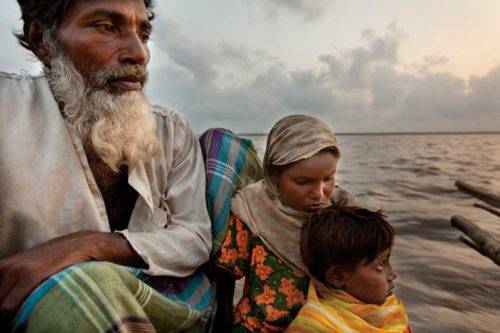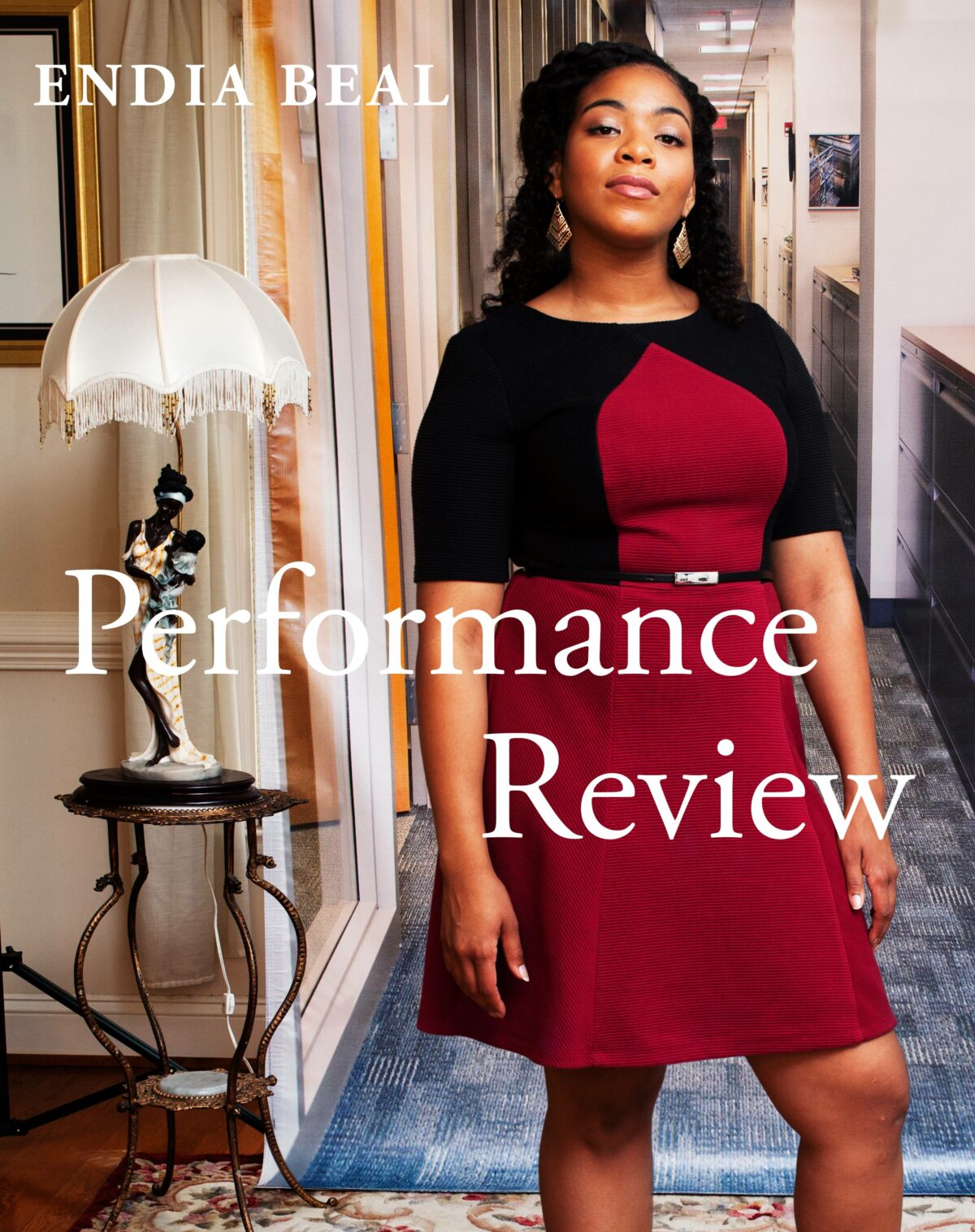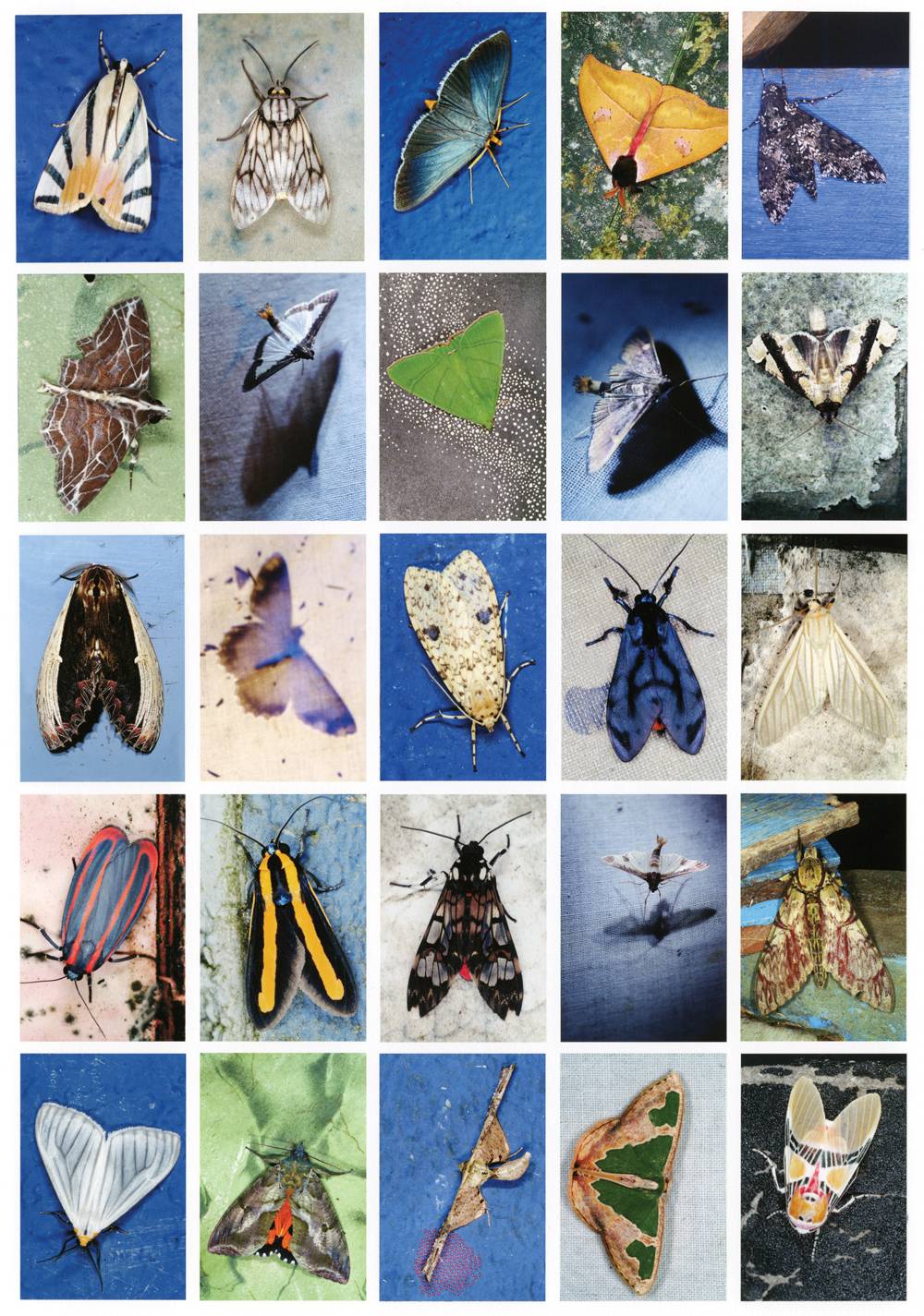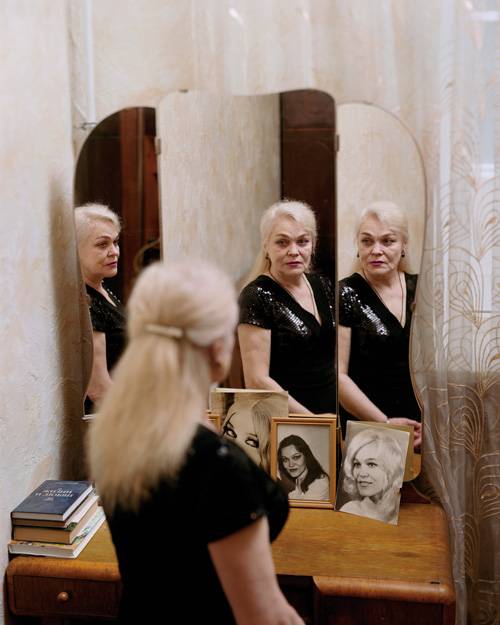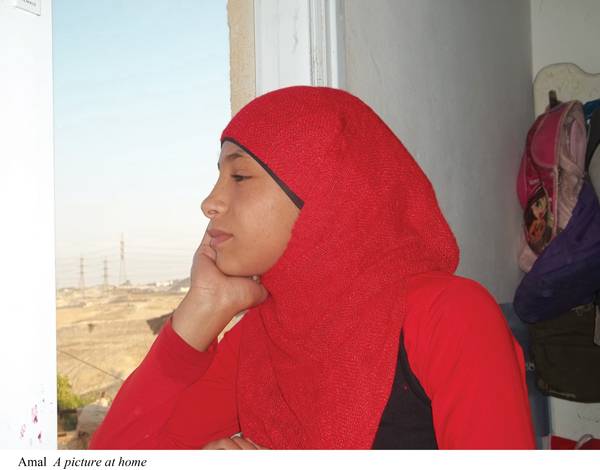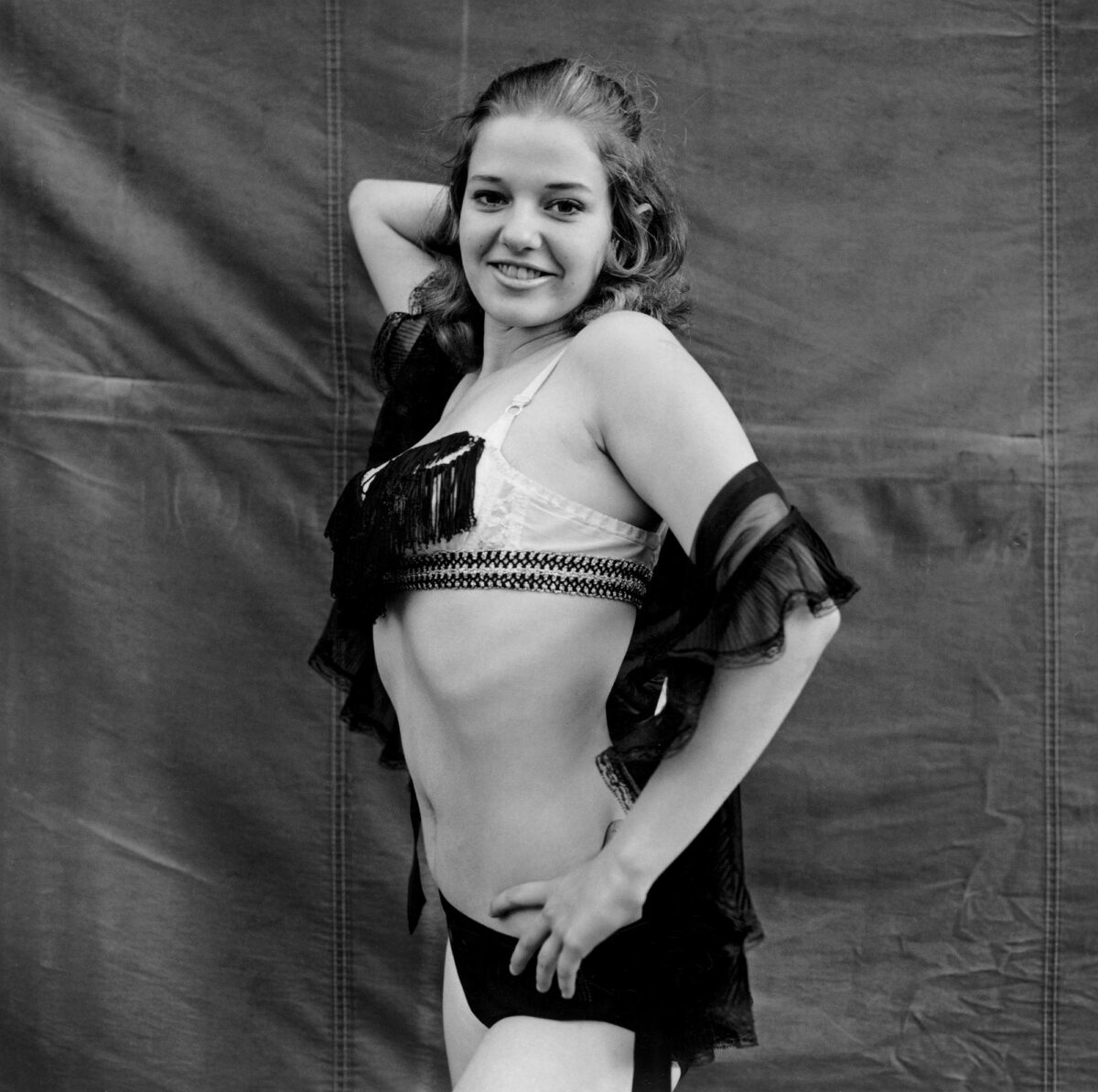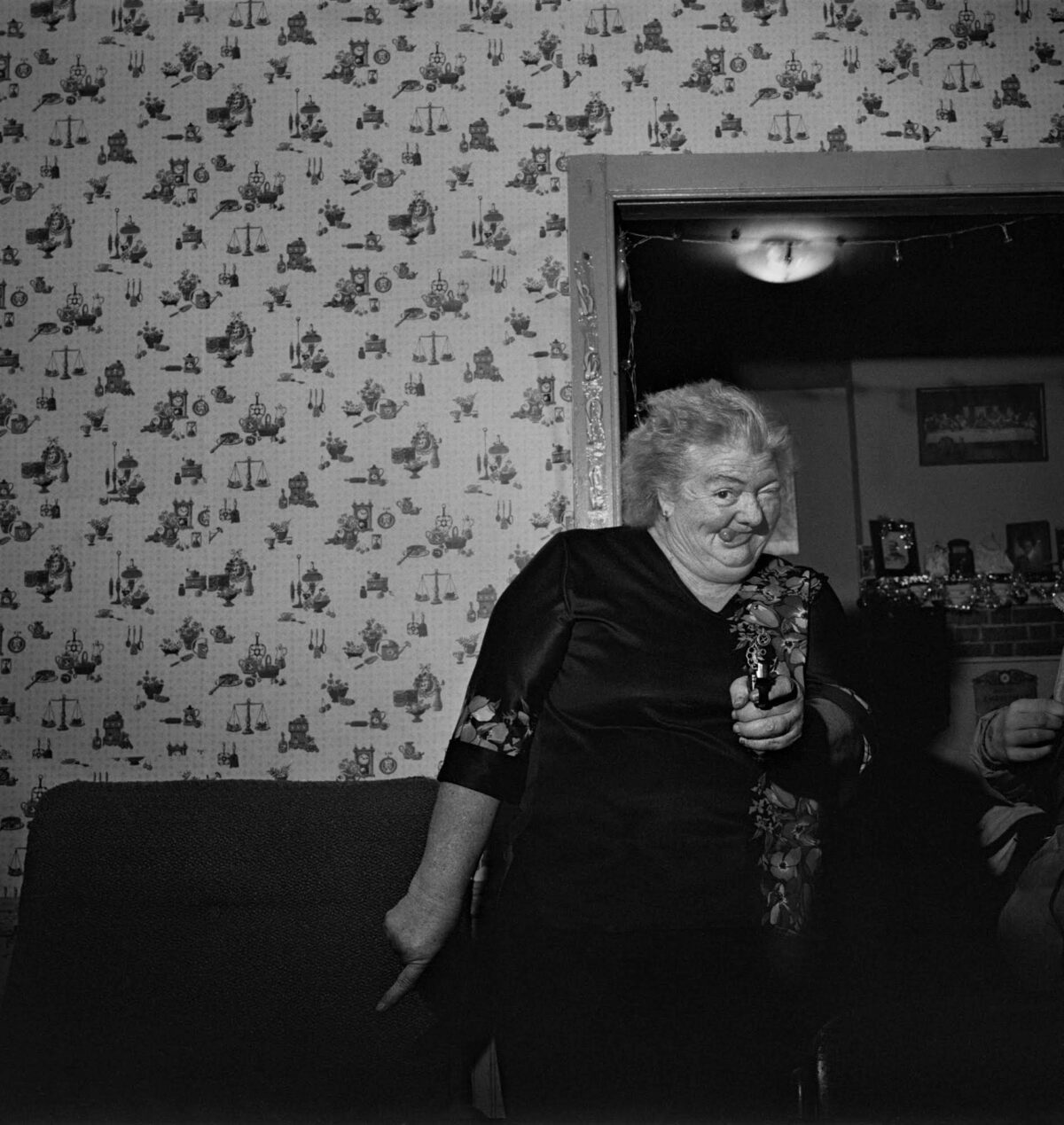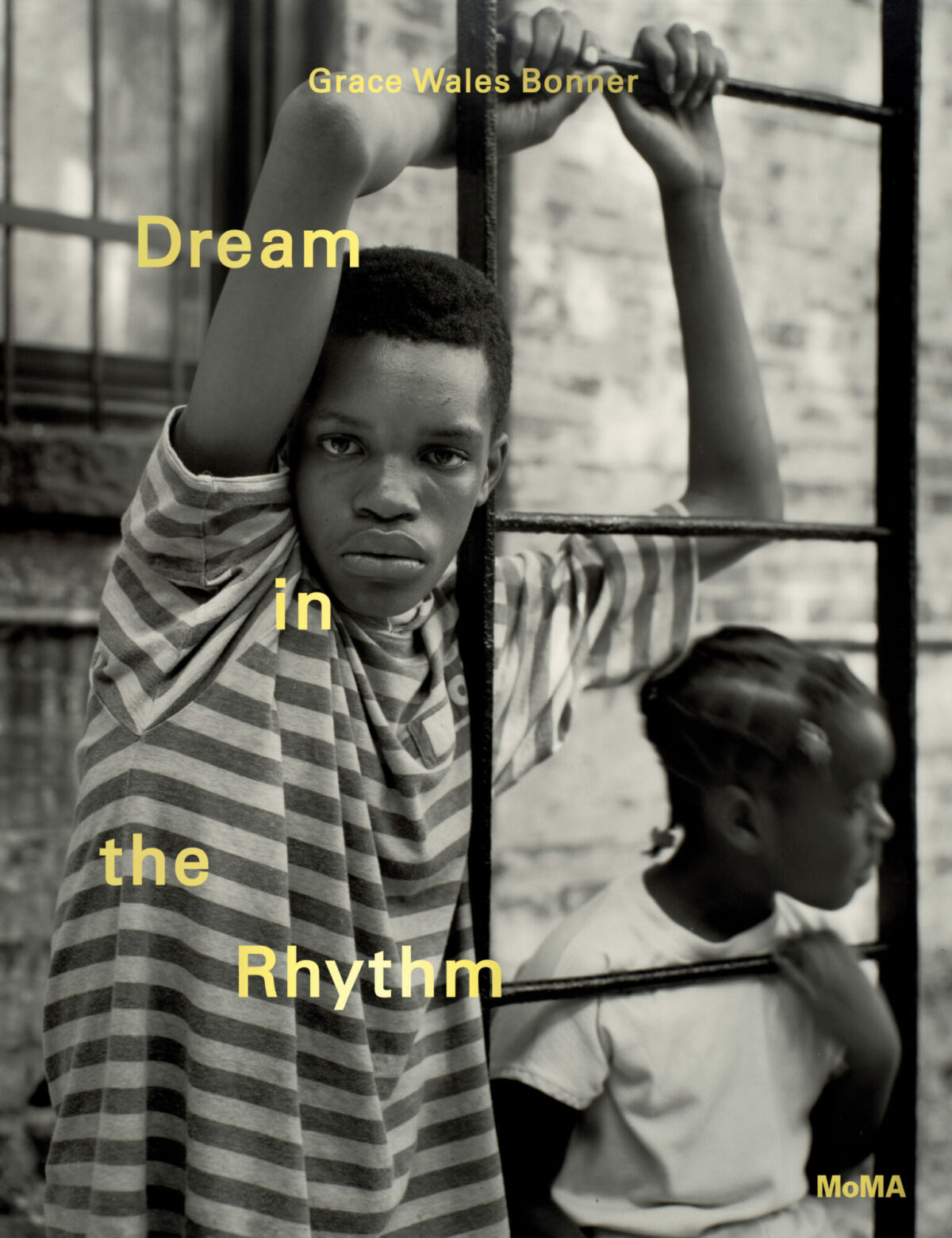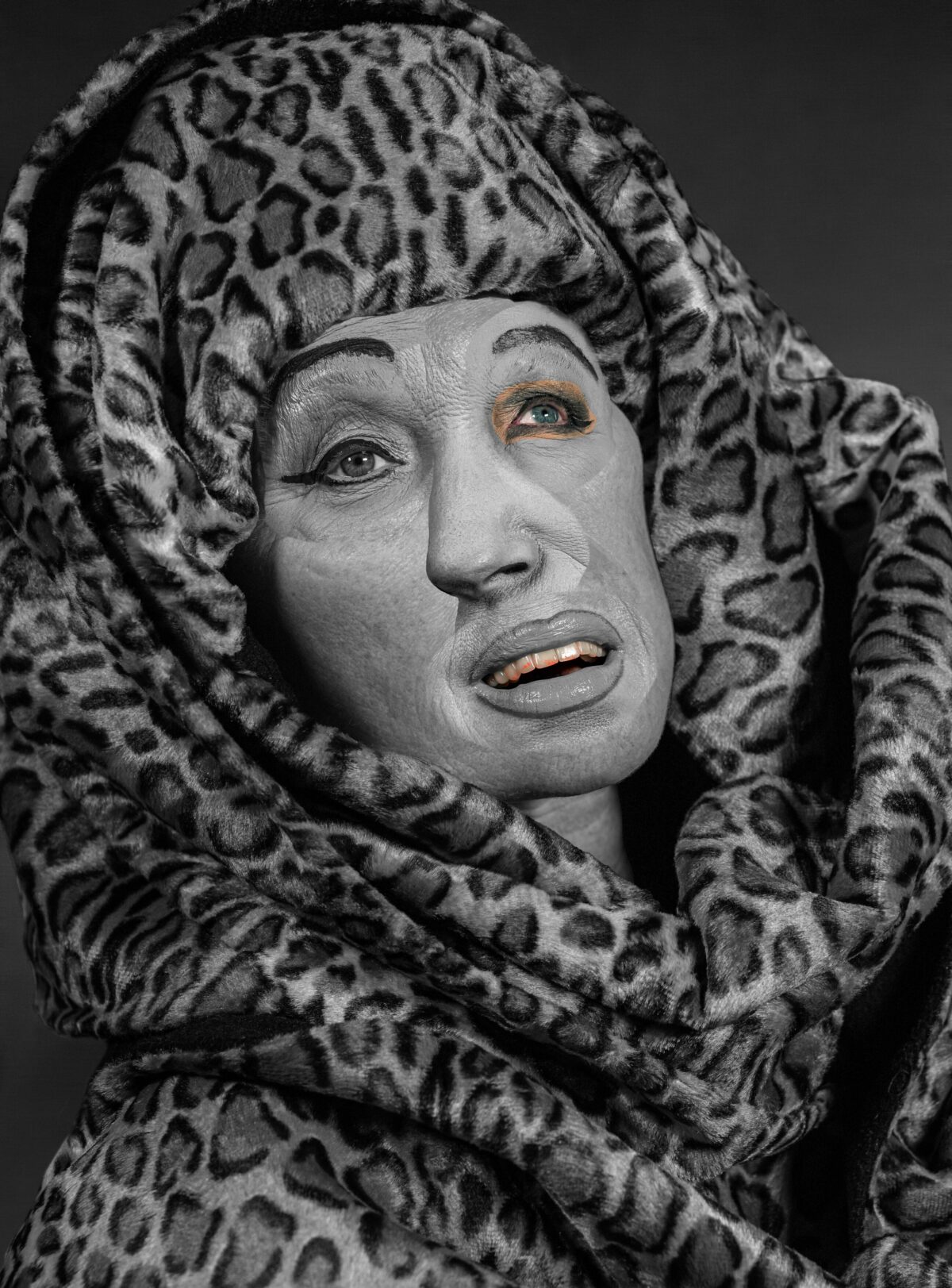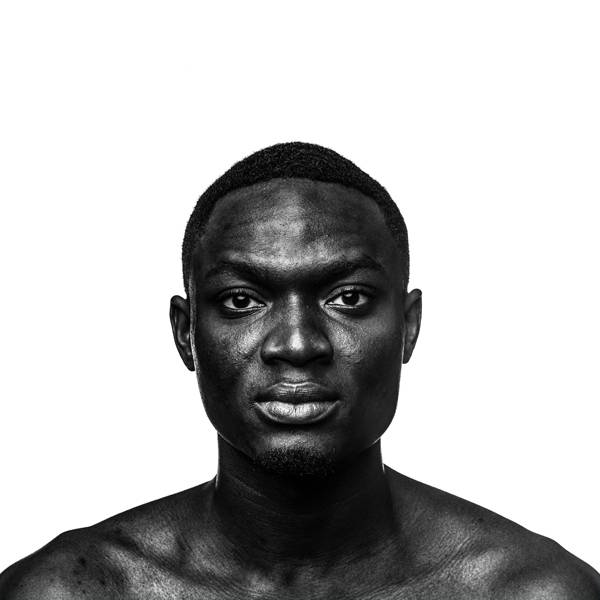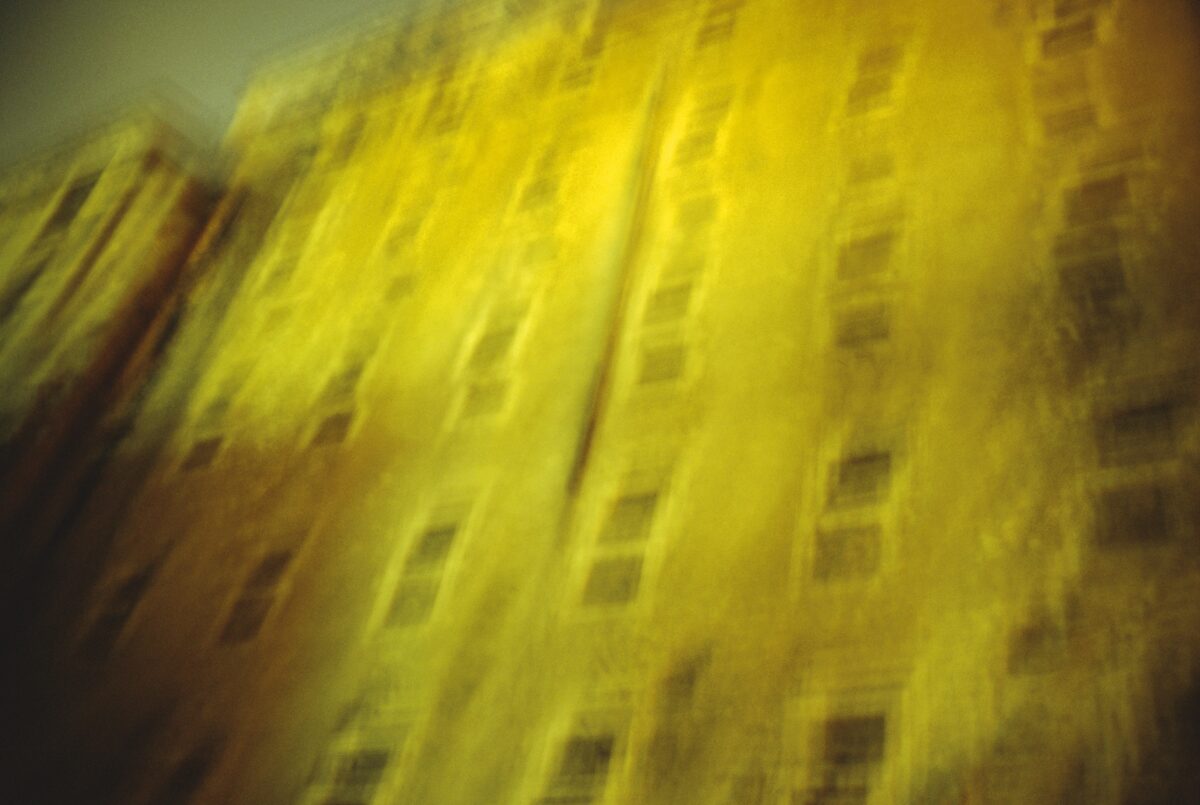Shahidul Alam is more than a photographer. Founder of the Drik Picture Library and the Pathshala South Asian Media Institute, both in his native Bangladesh, Alam is an outspoken activist for human rights. This has brought him the undesirable attention of the Bangladesh government, and in 2018 he was detained and expected that he might become one of the country’s “disappeared.” Local and international outcry helped spur his release, and now a comprehensive survey of his photographic work, Shahidul Alam: Truth to Power, is on view at the Rubin Museum of Art in New York through May 4, 2020.
Lyle Rexer: I am interested in origin stories. Your beginning in photography didn’t come at age five with a box camera from Auntie Em.
Shahidul Alam: No, it came with a friend’s Nikon in 1980. I bought it for him, and when he didn’t pay me back, I kept it. I was living in London and had trained as a chemist, but what really sparked my interest in photography was social action. I was involved with the Socialist Workers Party and was active in movements for gay rights and human rights. During rallies for the Polish democracy movement Solidarity, I began to understand the power of photography. So much depended on how the movement was represented to the world and how it was understood, and the medium allowed that. I asked myself, does Bangladesh need another chemist? So I set out to teach myself how to use the camera, and to make a living, I became, of all things, a successful photographer of children. It taught me all kinds of life skills, including discipline and engaging with people I didn’t know, but I wasn’t happy. So in 1984, I took all the money I’d saved, came back to Bangladesh, and set up my own studio. I wanted to shoot documentary work, but I had no track record.
LR: So what happened?
SA: The dictatorship of H.M. Ershad [1983-1990]. In the late 1980s I was involved in the protest movement that ultimately helped oust the regime, and as a result, my pictures began to get noticed. For quite some time now I have done no photography except personally driven projects.
LR: One thing I have grappled with since I read Susan Sontag many years ago is the suspicion that photographs really can’t do much on their own, that they are mute and vulnerable to all sorts of compromised interpretations, not to mention commercial uses. And they may even work against themselves, repetitively dulling us – those who are outsiders – to misery and injustice.
SA: First off, I consider myself an activist who uses photography. It is only one of my tools. I use words, too, and I will do anything – sing, dance – if I have to in order to get my message out. What I do believe in is the power of narrative, and photographs are essential for that. I am a storyteller, and the crucial thing is to control that narrative as much as possible. That is one reason I felt a need to create a presence in the cultural and intellectual space in Bangladesh, not just the journalistic world or the art world. I needed to build institutions. So I established the Drik Picture Library and Pathshala South Asian Media Institute as an educational component.
LR: The goal, then, is to foster an environment in which your stories and those of others can have meaning and impact.
SA: Also, since this is a war for human rights, we need warriors, to train and to fight. In my work I am surrounded by young people, a new generation of photographers, and they are as committed as I am. It strengthens the sense that we are not alone.
LR: Did that make a difference when you were arrested? Certainly, the international photo community got on board. That must have been gratifying.
SA: Yes, but I will tell you that with authoritarian governments like this, international opinion is less important than we’d like to think. I was involved with the student protests against bus and driving accidents in 2018. I took photos of government-backed gangs beating the students. I had already been a problem for this government by calling attention to extrajudicial killings. In our flat we have a wall of pictures of friends and others who had gone missing. When I was arrested, I did not know whether I would become one of the disappeared. I thought my only hope was to create a lot of noise so that people would at least know what had happened. But almost immediately, my students and the activist community got the word out. I knew that they would do whatever was necessary to put a spotlight on this situation. Within 24 hours I was in the office of the higher-ups being offered a deal. This is how it works, you see, you buy your freedom with silence after your release. Many have taken that deal. I didn’t, and though I have been released, I will have to wait until December to find out from the high court whether charges can be brought against me, and whether I may be facing 14 years in jail.
LR: In the face of that threat, it seems silly to ask questions about aesthetics, but there is one that nags at me. In your series Crossfire from 2010, you used poetic images to confront the reality of extrajudicial killings by the Rapid Action Battalion. Was that the best way to address such an issue? Doesn’t the beauty of the images normalize the horror?
SA: As an activist I want results. As a photojournalist, of course, I want to provide information, but there is an oversaturation of information. Are more pictures of dead bodies effective? In this case I felt I needed to get under people’s skin, to connect emotionally. So I tried to imagine the last thing many of the victims would have seen before they were killed and make evocative pictures of those scenes. These are allegories that work at a personal level. One of the policemen who was sent to monitor the show gave me the best conceptual confirmation possible. He saw a picture of a paddy field and knew immediately that it referred to “crossfires” that were involved in the execution of suspects, even though there is no hint of that from the photograph. He was outraged at the connection I was making.
LR: The exhibition took place in an art space. Is that the right audience?
SA: Audiences are key. Art audiences are only one of many for the work I do, and I have done everything I can to reach other people. Crossfire was repackaged as laminated sheets with text and given to activists, so they could take it anywhere, into schools, even strung up on trees. We have organized shows with ox carts and on boats – whatever spaces we can work in and be effective. Look, I want to stay alive, and I am not going to make it easy for the powers that be. They have the guns and the money, but we are nimble and intelligent. We are not romantic. We are fighting to win.

